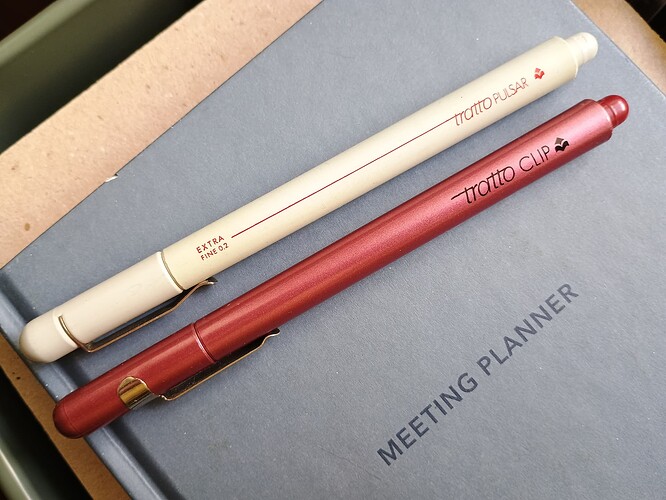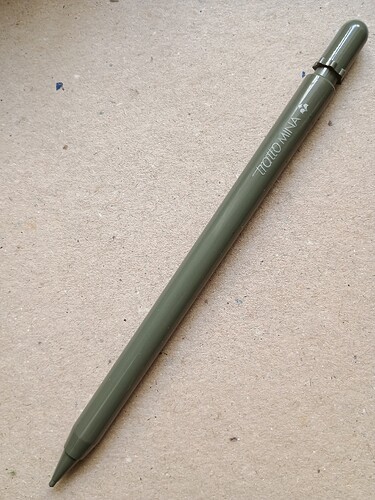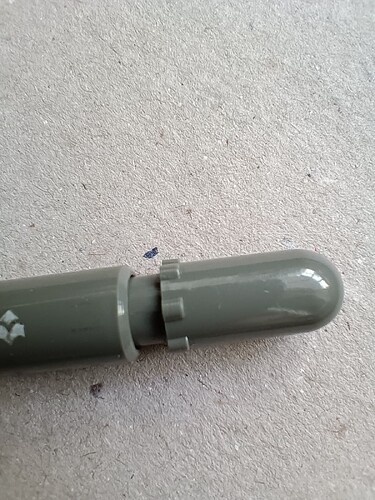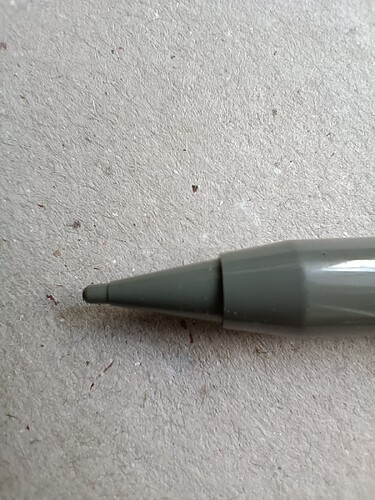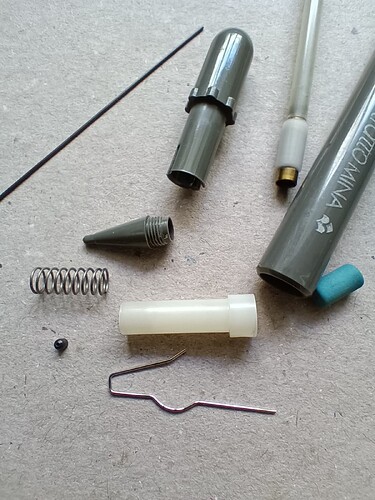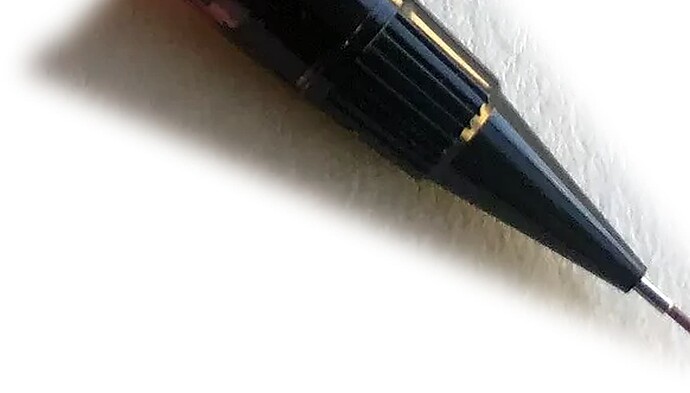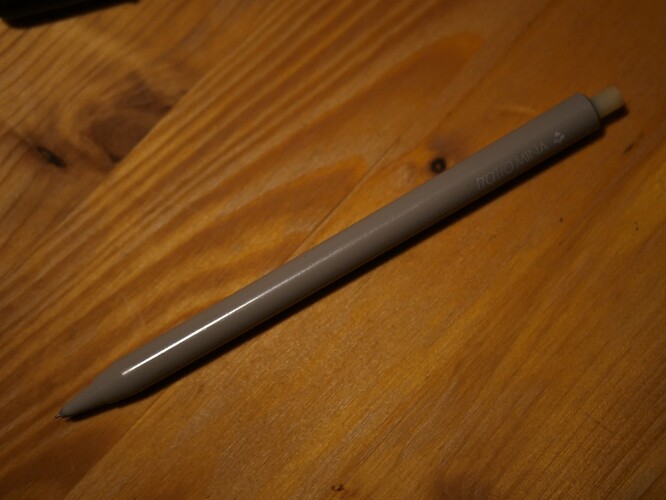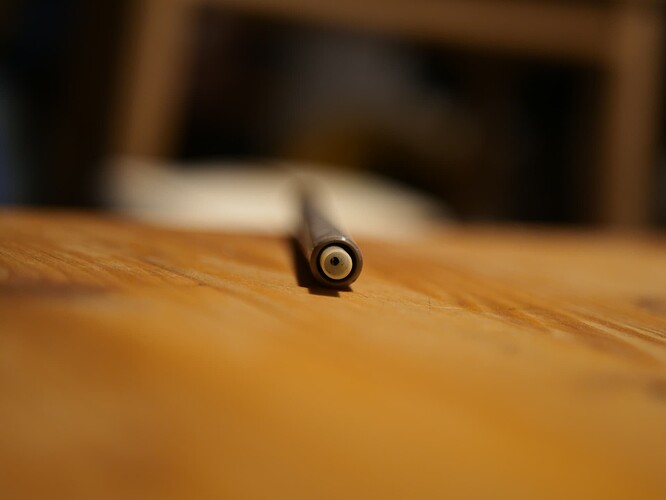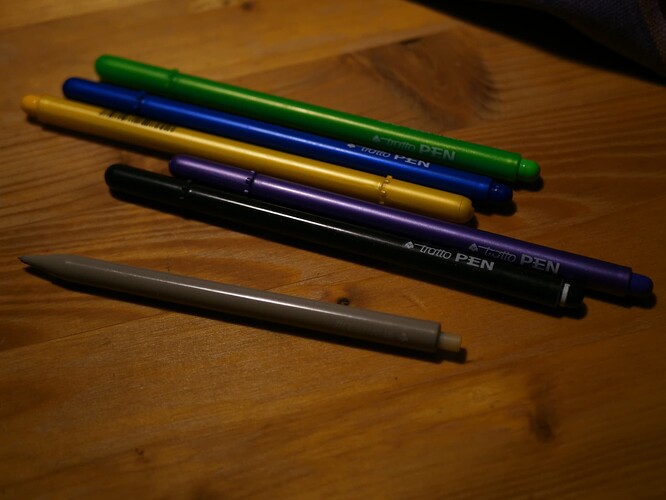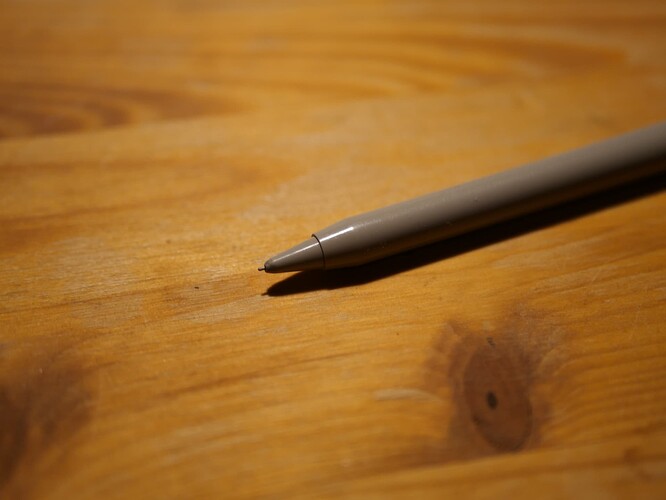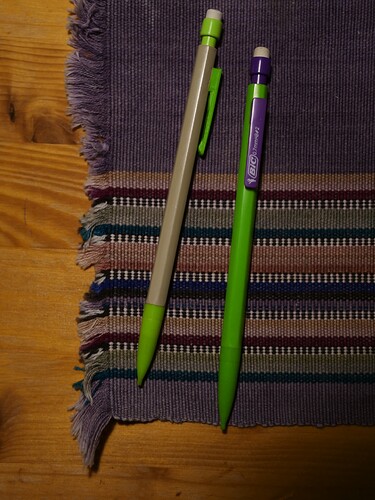Picture this: we are in the middle of the Nineties, and the scene opens to an Italian pupil going to middle/high school. Life is easy, life is good — at least, most of the days.
(This is not going to be a short story; should you decide to follow the narrator down the rabbit hole, feel free to relax and enjoy the ride. TL;DR version: here I present to you an Italian knock MP in 0.5mm; it’s not exceptional in any sense, but it’s good — much more than “good enough”.)
Back to the school context: while the world of stationary items is expanding quickly, with the Japanese products eating up larger and larger portions of the market, an average family from the middle class has a reasonably narrow list of actual products and supplies to choose from — typically, the ones balancing quality and price points.
Writing surfaces? Those come either from the “Fabriano” papermaking company (specifically, the larger drawing sketchbooks, with or without a pre-printed frame for technical drawings), or from the “Pigna” brand (major manufacturer of notebooks, logbooks, and so on: great ink retention, pale but clear grids, robustness and reliability all round).
Wooden pencils? The ever-present champion is mostly the Staedtler Noris in its few denominations, from 0 to 4 (roughly, 2B to 2H, including F). An EDC bag can also include some cheaper F-C, A.W. Faber, or Stabilo pencils. The Noris and its relatives are chased by many Italian brands which do not guarantee the same level of consistency. At the same time, however…
Coloured pencils? Nothing beats the ones by “Giotto”, which is also known for its chalks (we are not that far from the Hagoromo brand, just with much more dust, and less vibrant colours; but the white cylinders are very good). The luckiest students can afford a large set of 36 “Giotto” pencils, offering a wide range of earth tones (burnt Siena, for your sketches of potter-ware), shiny RGB essentials, and a few more exotic hues (their vermillion is spectacular, their pink is never the one you want to use as a base for complexion, their azure can be mixed with a dark grey to mimic silver almost perfectly).
[Sure, rich people can buy expensive Faber-Castell high-end drafting/drawing pencils, rOtring pencil lead, Conté-Gilbert graphite pencils, or Windsor & Newton oil colours, but then again: this is not the average.]
Ballpoint pens? Bic’s are ubiquitous and super-cheap, but they tend to leak, make a mess, or just shoot shards when crushed, so some families opt for better solutions, even though not exactly cheaper. I remember vividly buying my first Pentel Gel-Tec pen, and that sharp point looked like a miracle to my young eyes. I never changed my go-to pen after that exquisite moment.
Marker pens? Well, here the situation is a bit tricky: the available range of brands and products seems larger, but the good stuff is once again quite limited. “Giotto” offers an affordable lineup of felt tip pens (and I mean large tips, of course: nothing compared to a Sakura Pigma Micron, or to a Staedtler Pigment Liner; we are talking 2-3 mm bulky points, bleeding ink like a Tarantino character during a shootout), but the crown goes to the “Tratto”, a relatively finer-tip lineup of markers by F.I.L.A. (standing for “Fabbrica Italiana Lapis e Affini”, literally: “Italian Company for Pencils and Items Alike”).
The “Tratto” (Italian for “trace left by the writing tip of a pen”) offers a slightly larger girth, a precisely ground tip, a light plastic body — with a metal pocket clip on their best instalments — and an already impressive selection of five or six different colours (black, blue, red, orange, green and maybe yellow). Here is a picture of two versions of the “Tratto”: try to tell which one is older…
Ok, I see what you are thinking: what is the connection here with mechanical knock pencils? Well, turns out that in the middle of the triumph of this “Tratto” marker, people at F.I.L.A. decide to complement the lineup by adding a mechanical pencil, and here is where the “Tratto Mina” (literally: trace | lead core) probably begins its journey. Feast your eyes on this grey masterpiece of understatement — seriously: the colour is truly bleak, but it is part of its charm.
The Tratto Mina might seem just a very irrelevant add-on to a series of cheap tools, but in my view it is so good that it might even flip the table, and aspire to become the best thing the whole “Tratto” endeavour gave to the realm of writing implements. Look at the imperfect juxtaposition of the two fonts in the item brand (the last bit on the right is a stylised fleur de lile, symbol of the city of Florence where F.I.L.A. was founded).
The point is that the Tratto Mina is strangely and unexpectedly effective: the plastic body (together with most of the internals) makes it exceptionally lightweight, peaking at just 6.30 grams when loaded with a few 0.5 mm cores. Still, the item per se does not look, nor feel, insubstantial, because of its minimally exaggerated proportions, especially the diameter of the body (8.59 mm), which is just a smidge bigger than usual, and establishes the overall body as bulkier: a miracle of perception vs reality.
The barrel is smooth, but it never fails at being grippy enough, and the junction between the main body and the writing tip (which is screwed to the body itself) offers an intriguing aesthetic discontinuity which also serves a practical purpose. The weird, super-short “spikes” adorning the base of the rear pushbutton are there to avoid rolling on slanted surfaces — the MP does not come with a pocket clip — and yet they are perfectly integrated with the design of the marker lineup, adding an element of form consistency which, once again, serves a very practical purpose.
The mechanism of the pencil is very standard, but it is crafted with extreme care: a tight rubber retainer aptly drives the lead through the last segment of the fixed tip/sleeve; the prongs in the brass clutch make a very neat click sound; the writing end is shaped in such a way so as to minimise friction and breakage — no KT engines here, no retracting pipes, no safety gimmicks: just pure geometry of the tip, good plastic mouldings, and strict tolerances.
I mean: there is even a dedicated pipe de-clogger, with an ingeniously shaped profile, to stand still inside the eraser chamber without piercing the disposable rubber element.
While, in a sense, the F.I.L.A. “Tratto Mina” is clearly just a pencil, and admittedly not a great one according to most of the criteria we often quote here (luxury materials, clever mechanisms, advanced or innovative technical solutions, historical significance, even the colour schemes), it is one of those workhorses I love because they are truly and utterly consistent, reliable, precise, and never-disappointing. You can’t break what is not there, and you can’t screw up a tight design. A rounder, fattier, non-drafting Pentel P205. A beast in disguise, ready to unleash its writing potential against any supposedly superior contestant.
Which leads me to the moral of this story: I consider the Tratto Mina a quintessentially Italian product: not because of its premium vibe, nor because it is expensive, nor because it speaks luxury, but simply because some small artisanal R&D grup in a relatively tiny company devoted countless hours to hone any possible side of the project, discussed every angle with excruciating detail (even though it was “just a pencil”), and came out with an impressively simple, almost unreasonably basic item, destined to stand the test of time, and deliver every time, no matter the conditions and the context. After all, Italy is not Ferrari-the-brand, or Lamborghini-the-brand, or Prada-the-brand: it’s the stubborn, almost crazy Enzo Ferrari, who hand-chamfered every piston in his first car to step the performance up by the tiniest bit; or a mr. Fagioli who started as a mover, and bit by bit built a worldwide company transporting unusually big or large objects (submarines, bridge sections, statues) based on custom solutions and hand-crafted cranes and suspension systems.
Ok, on average I’m not that patriotic, and I reckon that this artisanal approach flourishes everywhere people care about their standards and their products. But the unassuming Tratto Mina, which might seem the opposite of the loud and noisy Italian style, is in a sense the true representative of what our industry can do — small scale projects, tiny production runs, no-nonsense stuff, made with love and always willing to go the extra mile to achieve an infinitesimal improvement.
So, now I’m curious: what you’d pick as your example of an MP which is far more than meets the eye, for any reason whatosever?
